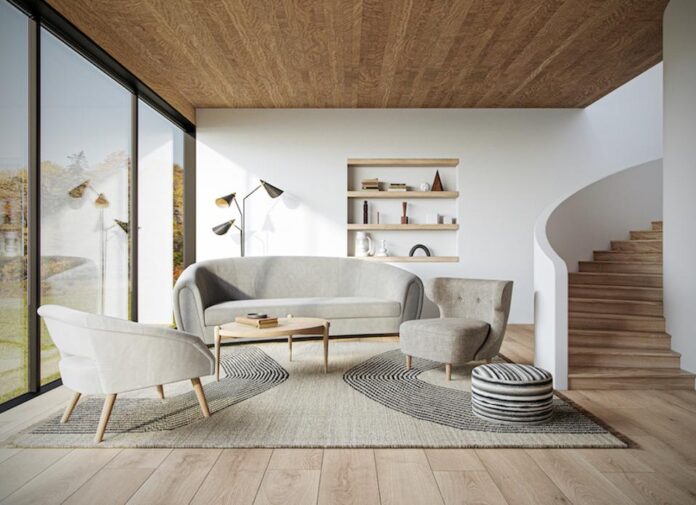‘Interior design’ is a phrase we have heard several times before. We are familiar with it and gain more information when browsing through glossy magazines, regular mentions on some of our favourite television shows, and social media. While architects design a building’s framework and advise its construction, an interior architect upgrades an interior by reshaping or reconstructing a space.
Interior architecture is a blend of interior design and architecture. It may refer to the science and art of designing and erecting buildings, along with their interiors and other related features, by licensed architects. The architect mixes art and science, reimagining the interior space. They work with an existing structure and implement the changes through design alterations.
These changes may range from minor updates like repositioning doors and walls to redesigning the room.
When does a project require it?
An interior architect’s primary role is to ensure that improvements to an existing building’s interior meet the client’s requirements. Their prominent role lies in extensions, and loft and basement conversions, thus helping to maximise the potential of a home or commercial space already in use. They create 3D project walkthroughs to allow clients to visualise the new space’s appearance once complete.
Roles and responsibilities
Instead of focusing on the main structure or soft furnishings like sofas, architects consider how the interior will function within the house or business place. Understand a building’s structure and other regulations, including plumbing and electrical systems. You learn these aspects in interior architecture courses.
Becoming an interior architect
Like architecture and design, you can acquire a degree from a recognised fashion design school too. The course duration is three years, with two internships of eight and 16 weeks each. You should also complete a foundation course to acquire a broad spectrum of design skills and build your vocabulary.
How does it help?
The course is distinguished from interior design and decoration by a rigorous focus on adaptive reuse, refurbishment, retrofitting, and detailing technical services. After graduating from a reputed design institute in India, you can address the emerging trends in interior design by understanding, living, and working in the current era.
Building a career
You can work on offices, hospitality, residences, retail, institutions, and conservation projects. You can also specialise in interior design, styling, and visual merchandising. Besides, you can explore select avenues, including exhibition design, experience design, set design, furniture design, and scenography. The course teaches students to develop a multi-disciplinary approach to transform existing spaces at the intersection of architecture, experience, and interior design.
Conclusion
All institutes in India aim to meet the dynamic learning-teaching needs of their progressive pedagogy and curriculum to give their students the best learning experience. The environment’s adaptive spaces include digital labs with industry-standard design software, studios, and 3D material workshops to facilitate seamless multi-disciplinary exchanges and collaborations.
Keywords: Interior architecture, interior architecture courses, fashion design, design institute


















